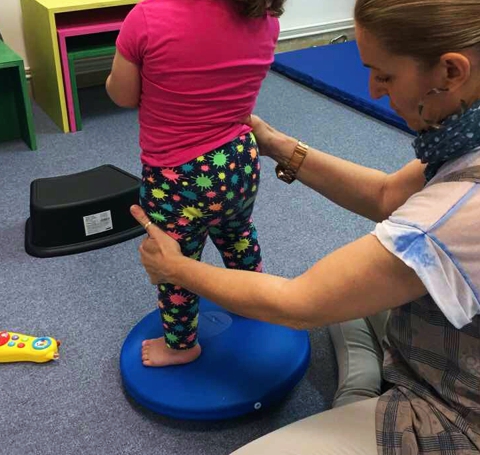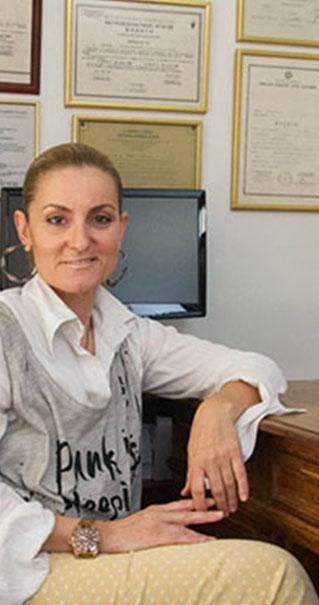What is the Pilates method?
Pilates is a method of activation and training of the spine’s stabilizing muscles which aims at the retraining of their reflex function as well as their strengthening. This method was developed by Joseph Hubertus Pilates during the interwar period in Germany. The control and synergy of the movements, the correct spinal posture and the flexibility formed the final Pilates exercise book.
What is Clinical Pilates?
The positive effects of Pilates practice have led to the creation of Pilates Rehabilitation or more commonly known as Clinical Pilates. Clinical Pilates is based on the authentic exercises of the method, but with the necessary modifications, simplifications and adjustments depending on the pathology and the capabilities of each patient and aims to restore synergy and strengthen all functional stabilization systems.
Indications of Clinical Pilates?
- Back pain
- Neck pain
- Lumbar instability
- Cervical instability
- Athletic injuries
- Osteoporosis
- Incontinence
- Pregnancy
- Recovery after classical physiotherapy
- Sport’s simulation in athletes who seek to improve their movement pattern
- Search for personalized exercise for healthy people regardless of age
Basic Principles of Clinical Pilates?
Through the Clinical Pilates method, the practitioners will focus on the improvement of their physical condition through exercises that aim at:
- Breathing control and learning of thoracic-diaphragmatic breathing
- Activation and strengthening of deep stabilizing muscles
- Proper body alignment and trunk control
- Training of the correct position and connection of the head, chest, pelvis and limbs
During the first session, a detailed medical history of the person is taken by the physiotherapist and the evaluation takes place, in order to form the appropriate exercises. The goal of Clinical Pilates is the activation of the right muscles every time during the exercise, with concentration and safety, in order to ensure functional recovery and finally an automated control of his posture and movements.
It is therefore vital we train our body and mind and understand even its deepest structures, looking from the inside out.
(Pilates, second edition, Rael Isacowitz, Human Kinetics)

